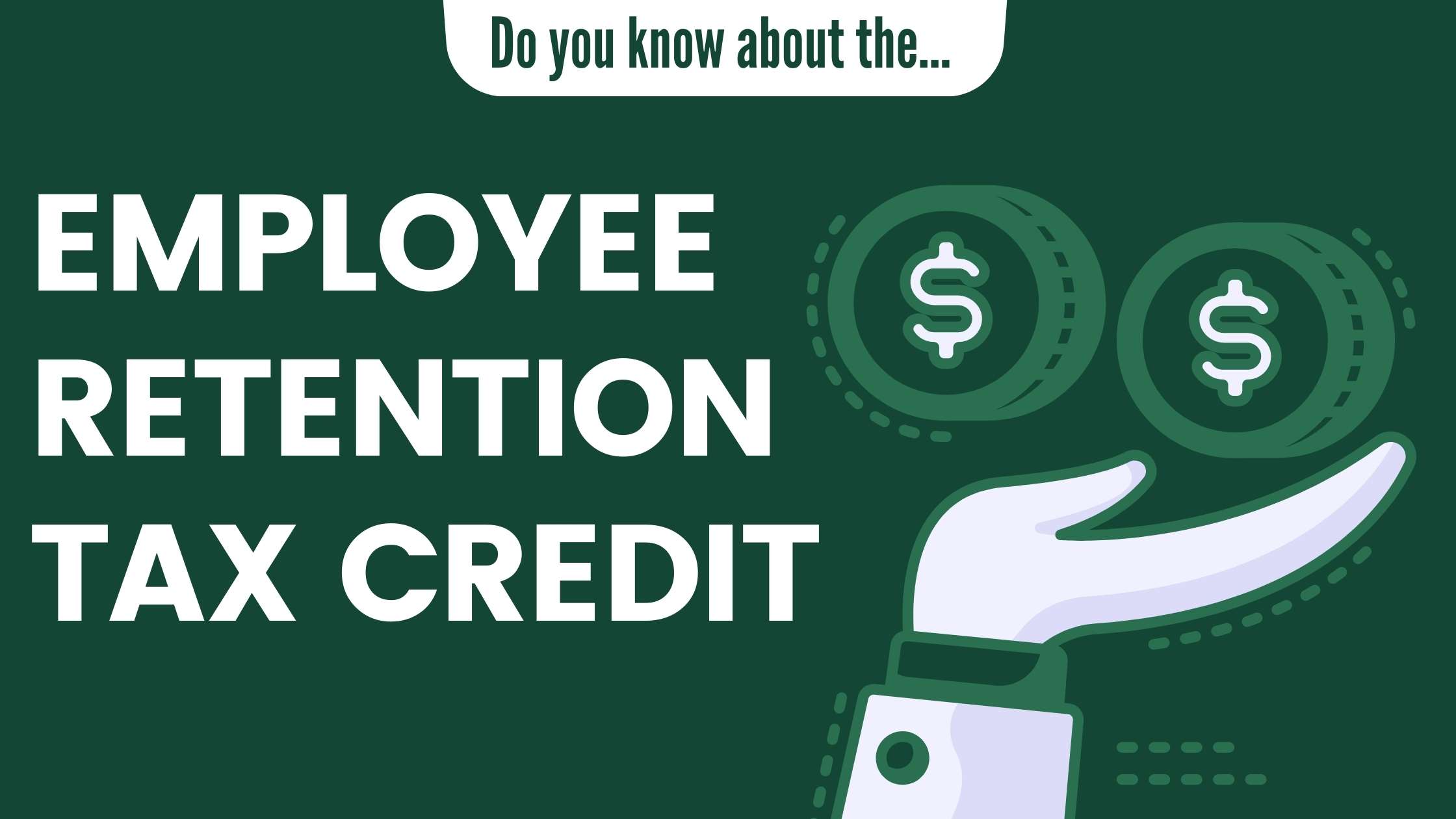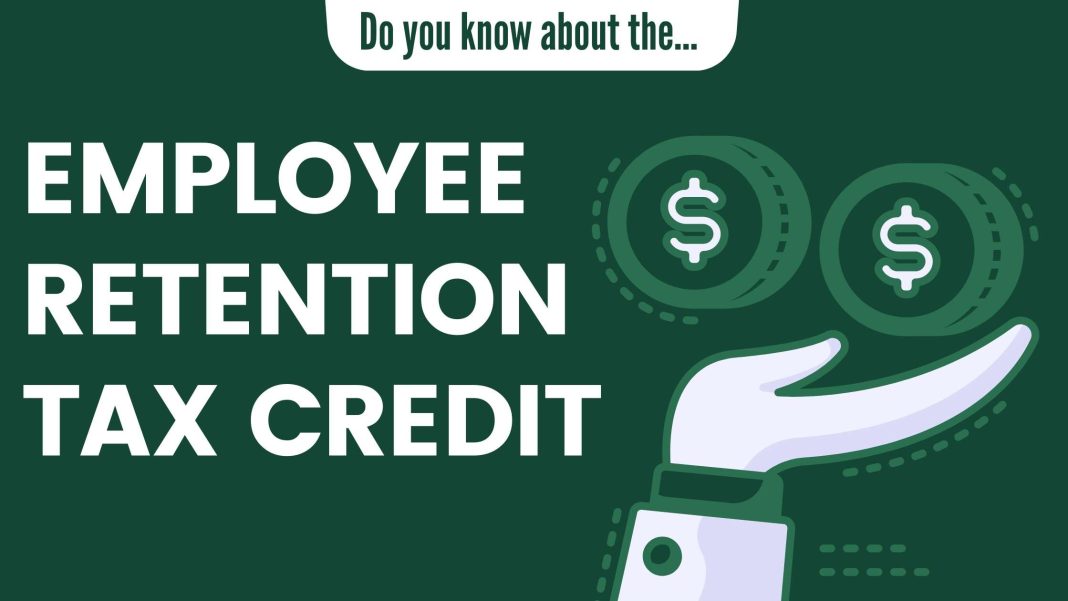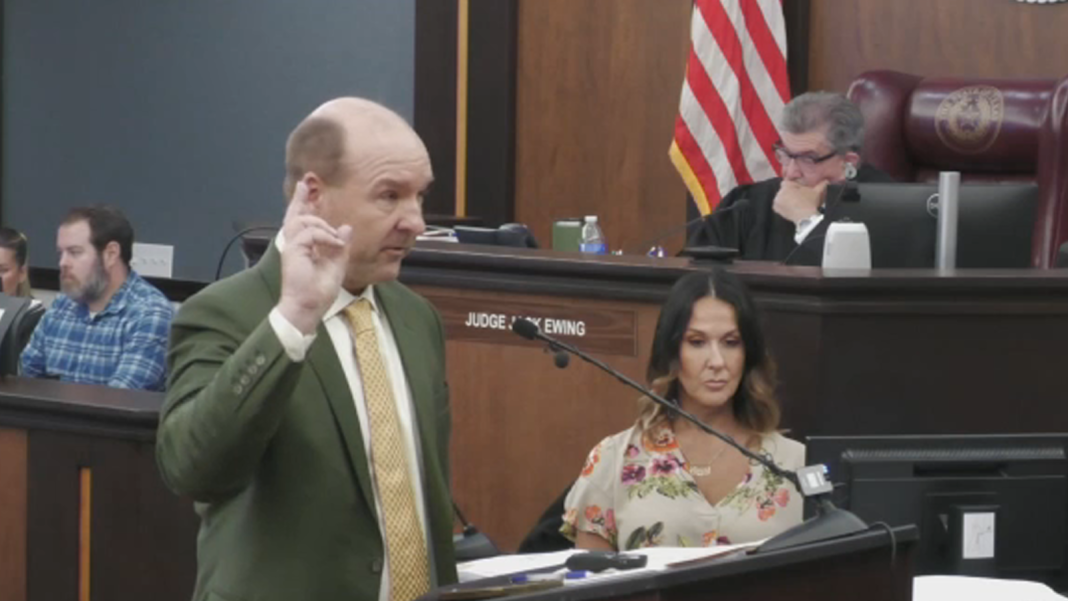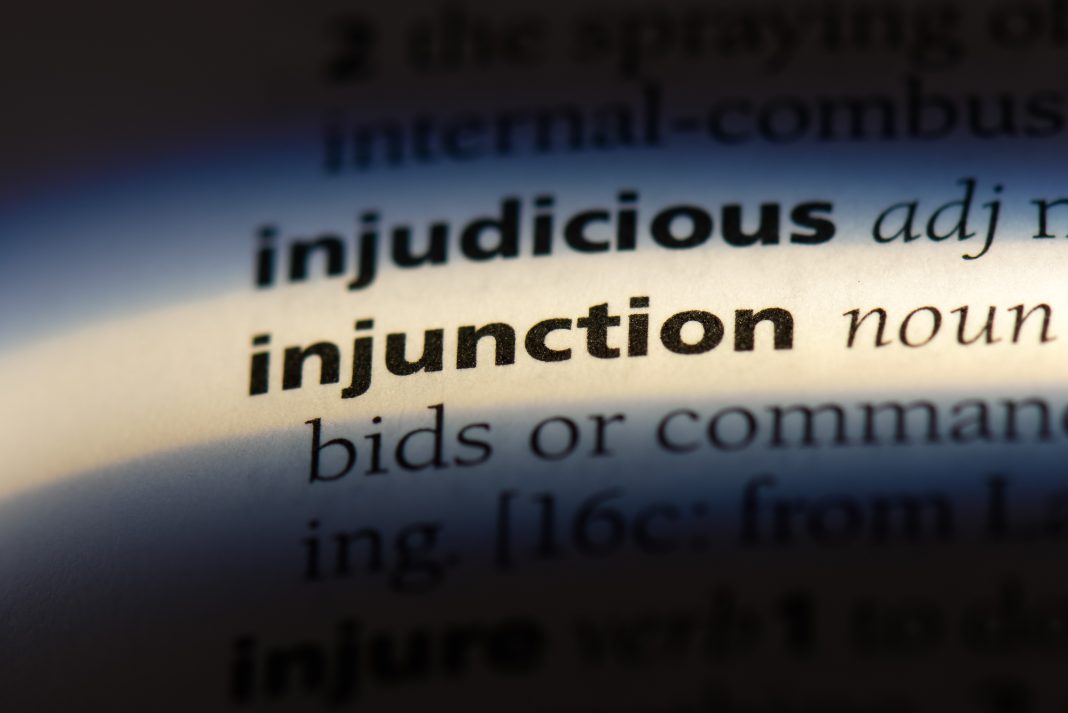 Reopening of IRS Program Allows Businesses to Rectify False Pandemic-Era Credit Claims
Reopening of IRS Program Allows Businesses to Rectify False Pandemic-Era Credit Claims
Introduction:
The Internal Revenue Service (IRS) has reopened its Voluntary Disclosure Program (VDP) for businesses that had falsely claimed the Employee Retention Credit (ERC) during the pandemic. Companies have until November 22 to admit their mistakes and return the funds, avoiding potential action from the agency. This program aims to address the large number of companies that were filing false ERC claims.
The Employee Retention Credit:
The Employee Retention Credit (ERC) was introduced to provide a refundable tax credit for businesses that kept workers on payroll while facing government lockdowns and other restrictions during the pandemic. However, the IRS observed that many companies were filing false claims for this credit.
The Voluntary Disclosure Program:
In December, the IRS announced the Voluntary Disclosure Program (VDP), allowing companies to admit their false claims and keep 20 percent of the claimed credits. This program ended in March. On Thursday, the IRS announced the reopening of the VDP, with businesses now able to keep 15 percent of the falsely claimed credits while avoiding future audits, penalties, and interest.
Importance of the Voluntary Disclosure Program:
According to IRS Commissioner Danny Werfel, the limited reopening of the VDP provides an opportunity for businesses with improper claims to rectify their mistakes before facing compliance actions from the IRS. The program also offers a discount on repayments, which is crucial considering the increasing IRS compliance actions involving false claims.
Results from the First VDP:
During the first VDP that ended in March, over 2,600 applicants disclosed $1.09 billion in falsely claimed credits. The IRS had also sent letters to more than 12,000 entities suspected of filing incorrect ERC claims, resulting in $572 million in assessments.
New Round of Letters:
In its second round, the IRS plans to send up to 30,000 new letters to capture potentially over $1 billion in improper ERC claims. These letters are for claims made during tax years 2021 and 2020. Businesses that receive these letters won’t be eligible for the VDP program for the covered period.
Warning Signs and ERC Withdrawal Program:
To help businesses identify the validity of their ERC claims, the IRS published a list of warning signs. For example, only eligible businesses that fully or partially suspended operations due to a government order can qualify for the ERC. Large employers are also not eligible to claim ERC for workers providing services during the pandemic. Businesses with these indicators are encouraged to consult a trusted tax professional and consider using the ERC Withdrawal Program to rectify their incorrect filings.
The Claim Withdrawal Program:
The IRS is encouraging businesses with pending, unpaid ERC claims to participate in the Claim Withdrawal Program if they believe they made incorrect filings. This program allows entities to withdraw a pending ERC claim without any penalty or interest. Already, over 7,300 entities have withdrawn $677 million in claims through this program.
Criminal Investigation Cases:
The IRS’s Criminal Investigation division has initiated 460 criminal cases related to fake ERC claims as of July 1. These claims are estimated to be worth almost $7 billion. So far, there have been federal charges in 37 investigations, with 17 resulting in convictions and sentencings.
Conclusion:
The reopening of the IRS’s Voluntary Disclosure Program provides businesses with a final opportunity to rectify their false claims for the Employee Retention Credit. By admitting their mistakes and returning the funds, businesses can avoid potential audits, penalties, and interest. The IRS is actively pursuing cases of fake ERC claims, emphasizing the importance of businesses taking corrective action to avoid compliance actions.


